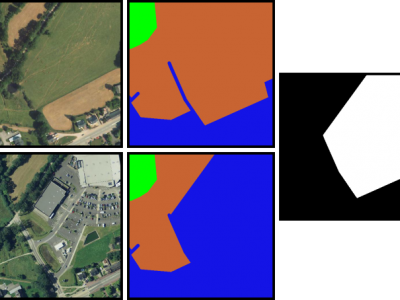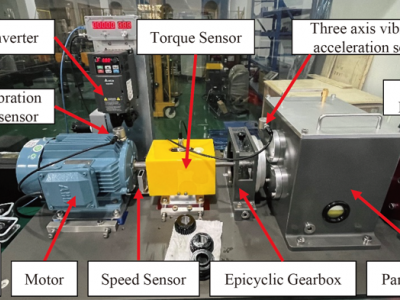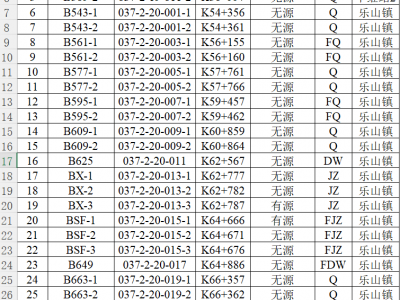Standards Research Data
Anomaly detection plays a crucial role in various domains, including but not limited to cybersecurity, space science, finance, and healthcare. However, the lack of standardized benchmark datasets hinders the comparative evaluation of anomaly detection algorithms. In this work, we address this gap by presenting a curated collection of preprocessed datasets for spacecraft anomalies sourced from multiple sources. These datasets cover a diverse range of anomalies and real-world scenarios for the spacecrafts.
- Categories:
 835 Views
835 ViewsTo access this dataset without purchasing an IEEE Dataport subscription, please visit: https://zenodo.org/doi/10.5281/zenodo.11711229
Please cite the following paper when using this dataset:
- Categories:
 1043 Views
1043 Views
This dataset presents real-world IoT device traffic captured under a scenario termed "Active," reflecting typical usage patterns encountered by everyday users. Our methodology emphasizes the collection of authentic data, employing rigorous testing and system evaluations to ensure fidelity to real-world conditions while minimizing noise and irrelevant capture.
- Categories:
 876 Views
876 ViewsPrivacy perception refers to the control individuals have over the use of their data, including determining who can access, share, and utilize it without interference or intrusion. In the context of the Internet of Things (IoT), particularly in Smart Home Data Monetization (SH-DM), users’ data is aggregated and made available to potential service providers to target end users with personalized advertisements.
- Categories:
 462 Views
462 ViewsThe gearbox is a critical component of electromechanical systems. The occurrence of multiple faults can significantly impact system accuracy and service life. The vibration signal of the gearbox is an effective indicator of its operational status and fault information. However, gearboxes in real industrial settings often operate under variable working conditions, such as varying speeds and loads. It is a significant and challenging research area to complete the gearbox fault diagnosis procedure under varying operating conditions using vibration signals.
- Categories:
 1667 Views
1667 ViewsThis dataset is in support of my research paper 'Statistical Variability Study of RDF and LER on Nanosheet FETs at Sub 3nm Node'. In this study, we studied the influence of RDF and LER on NSFETs through NEGF method for simulation. The results are generated by simulation software, Nano-electronic Simulation Software (NESS), which was developed by the University of Glasgow’s Device Modelling Group. Our results predict the figures of merit of nanosheet devices at different channel lengths and widths with the influence of RDF and LER.
- Categories:
 127 Views
127 Views
This dataset provides an in-depth exploration of risk management practices within the software startup ecosystem, capturing the perspectives of 89 startups through a comprehensive survey of 72 questions. It investigates the prevalence and management of risks related to team dynamics, methodologies, and product development across various stages of startup growth. Key areas of focus include the identification, analysis, and mitigation of risks, alongside an examination of how these practices evolve as startups transition from early to later stages.
- Categories:
 147 Views
147 ViewsCTCS-2 level train control engineering data is primarily categorized into trackside infrastructure data and line parameters, including line velocity table, line gradient table, line broken chain detail table, balise position table, main line signal data table and so on. The dataset image above is an example of a balise position table.
- Categories:
 240 Views
240 ViewsThe dataset encompasses a diverse array of electrical signals representing Power Quality Disturbances (PQD), both in single and combined forms, meticulously generated in adherence to the IEEE 1159 guideline. Crucially, the dataset includes both raw data and corresponding labels, facilitating supervised learning tasks and enabling the development and evaluation of classification algorithms.
- Categories:
 1691 Views
1691 ViewsThis is the raw data for the article "Algorithm for Gait Parameters Estimation Based on Heel-Mounted Inertial Sensors", which includes walking data recorded by IMUs and data recorded by an optical motion capture (OMC) system, where the experimental data consisted of three parts:
Validity Experiment Data includes gait data (both IMU and OMC) of 30 participants who were instructed to walk in a straight line within the motion capture area and return upon reaching the end to ensure a sufficient step count.
- Categories:
 457 Views
457 Views






